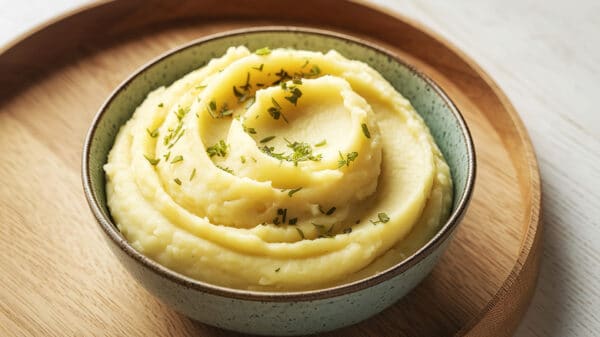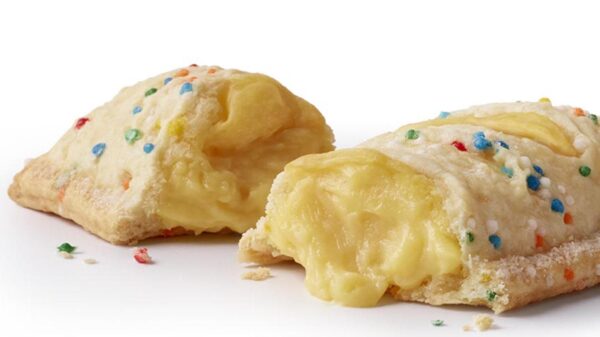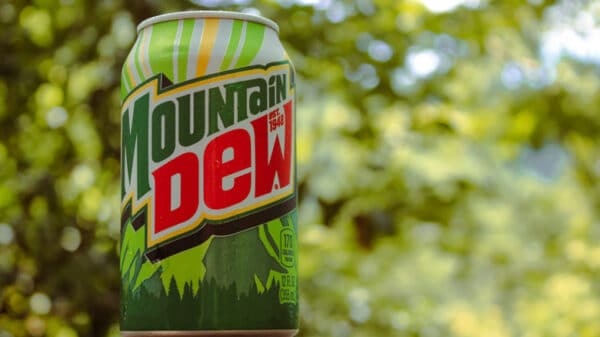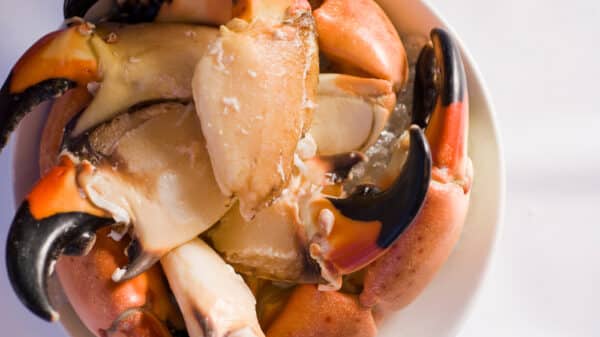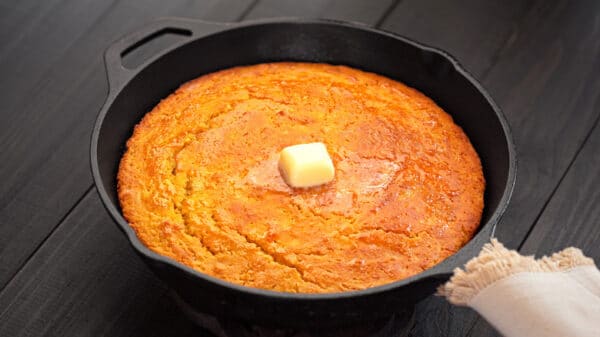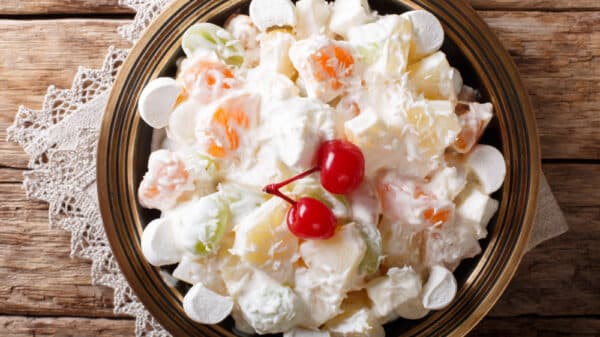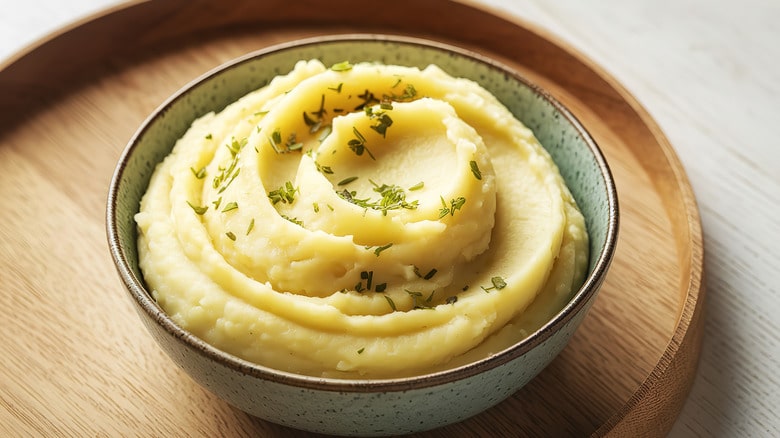Mashed potatoes are a beloved comfort food, often taking center stage at family gatherings and holiday feasts. Despite this popularity, many home cooks find the process of making them more complex than anticipated. One common mistake is selecting the wrong type of potatoes or over-mashing them, resulting in an undesirable texture. While preference varies, a sufficiently creamy and fluffy mash is what most diners crave. Traditionally, many rely on a potato ricer to achieve that perfect consistency, which introduces airiness while maintaining smoothness.
However, potato ricers can be cumbersome and aren’t particularly versatile in other cooking tasks. If you find yourself without this specialized tool, don’t despair! A simple kitchen strainer can serve as an effective alternative, making it an accessible and practical choice for your mashed potato endeavors.
Here’s a straightforward method: begin by boiling your potatoes until they’re soft. Choosing the right type of potato is crucial—waxy potatoes yield a denser mash, while starchy varieties yield a lighter, fluffier result. Once boiled, cut the potatoes in half and press them through the strainer. Employing a fork, spoon, or even a dishtowel will help extract all the flesh while leaving the skin behind. Finally, mix in your favorite ingredients like cream or butter, and you’ll be left with a wonderfully fluffy mash ready for any meal.
Stick to Using a Strainer for Fluffy Mashed Potatoes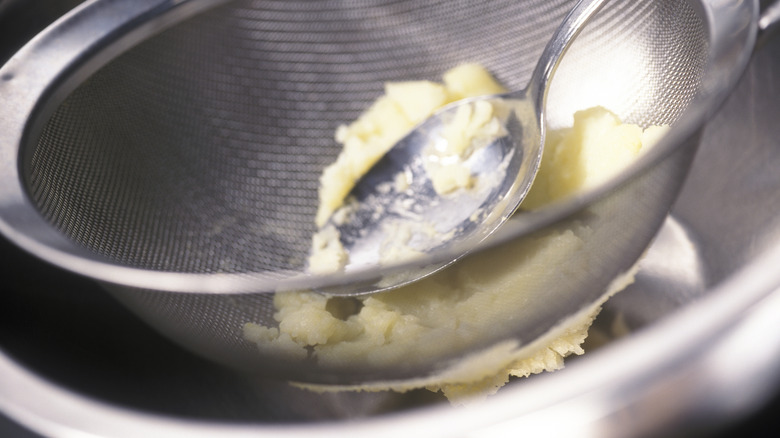
When exploring alternatives to a potato ricer, you may be tempted by various kitchen tools, including food processors and stand mixers. However, these options have their drawbacks. For example, a food processor may yield a starchy, gooey consistency that lacks the lightness that a strainer provides. A potato masher, while common, tends to produce a chunkier mash, less refined than results achieved with a strainer or ricer. Using a stand mixer offers a compromise but still may not deliver the ideal texture for mashed potatoes.
Admittedly, utilizing a strainer requires more effort; you’ll need to split the potatoes and push them through one by one. But for those who prioritize texture, this method outshines the others. Moreover, cleaning a strainer is a breeze compared to a ricer, as you’ll avoid the mess associated with starch flying during the ricing process. Keeping it simple yet effective, the strainer proves to be a handy, efficient tool to remember for your next batch of mashed potatoes.

